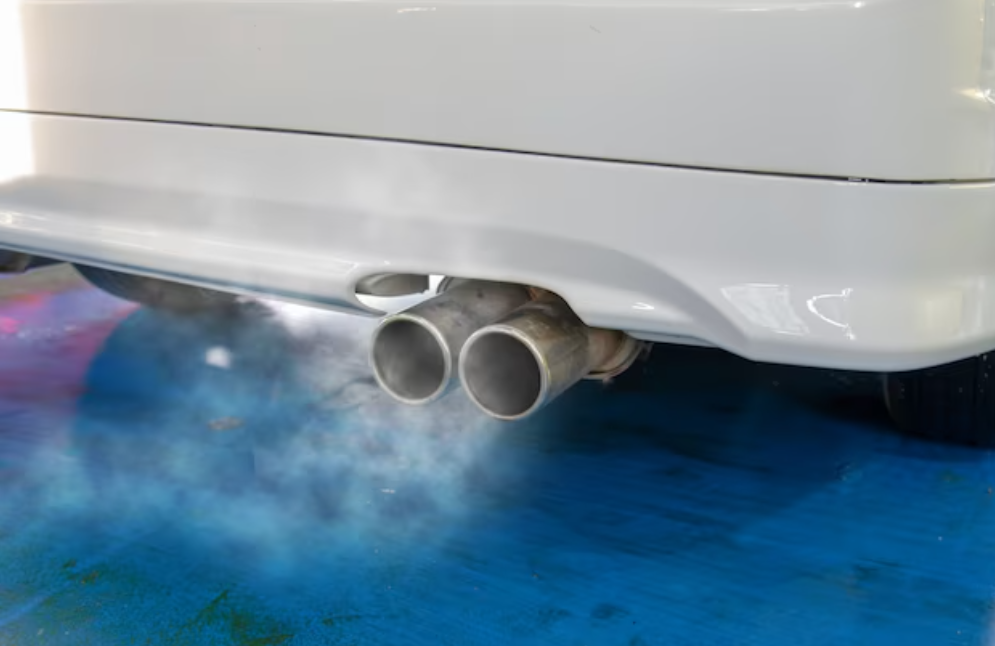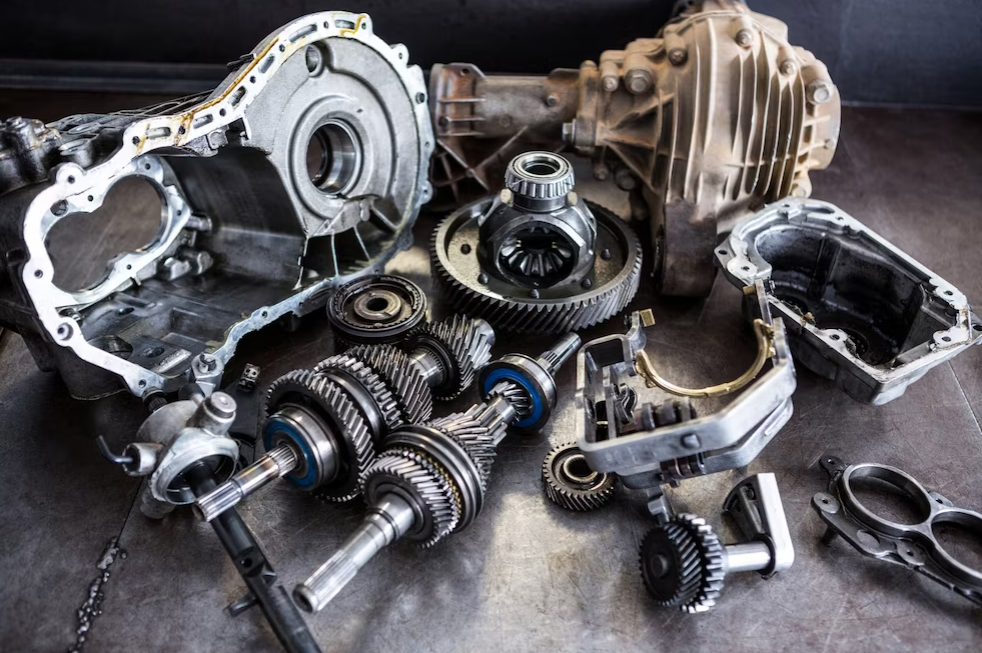Mastering Parallel Parking: A Step-by-Step Guide
While many drivers find it difficult, parallel parking is an essential skill to have. This comprehensive guide will help you confidently manage the parking process, regardless of your driving experience. This blog post will explain how to parallel park in simple steps, offer success advice, and help you get over any fears you may have.

Understanding Parallel Parking
Parking your car in a narrow area between two other cars, parallel to the curb, is known as parallel parking. Parallel parking is a useful ability that enables you to park in metropolitan areas with limited parking options, despite its reputation for being tough. Clearing up frequent misunderstandings regarding parallel parking might boost self-assurance when attempting this maneuver.

Locate a parking space that satisfies the criteria of both local parking regulations and the size of your vehicle before attempting to parallel park. Make sure parking is safe by taking your time to inspect the area. To maximize visibility and control during the maneuver, make any further modifications to your car, such as changing the seating arrangements and mirrors.

When you are ready to park, provide a signal and move carefully toward the vacant spot, keeping your automobile in line with the parked cars.
Setting Your Distance: When your rear bumper catches up with the rear bumper of the automobile next to the empty space, stop your car. Otherwise, keep a safe distance between the two to three feet that you left beforehand.
Put your car in reverse and check for oncoming traffic, cyclists, and pedestrians. Slowly reverse while monitoring your side and rearview mirrors. Turn the steering wheel fully to the right.
To finish parking, straighten your wheels by turning the steering wheel to the left once your car's rear end clears the bumper of the neighboring vehicle. Maintain equal spacing between your car and adjacent vehicles as you continue to reverse until parallel to the curb.
Final touches and adjustments: After parking, apply the parking brake and place the car in park or neutral. Make any required corrections to your position to make sure you are in the allotted parking space.
- To determine distance and location, make use of reference points like parked cars or the rearview mirror.
- To maximize control and visibility, adjust the seating arrangements and mirrors.
- During the maneuver, remain confident and patient.
- Develop your parallel parking skills and adaptability by practicing in various settings.
- Misjudging distances between vehicles.
- Failing to check the surroundings for obstacles or pedestrians.
- Rushing the maneuver without precision.
- Overcompensating with steering leads to uneven parking.
If you're feeling anxious about parallel parking, you're not alone. Many drivers experience nerves when faced with this maneuver. Visualization techniques, gradual progression, and regular practice can help alleviate anxiety and build confidence over time.
- Explore online tutorials and videos demonstrating parallel parking techniques.
- Consider enrolling in a professional driving course that includes parallel parking instruction.
- Download mobile apps designed for practicing parallel parking in a virtual environment.
1. Why is parallel parking important despite its difficulty?
Parallel parking maximizes parking space in urban areas with limited options, making it an essential skill for efficient city driving.
2. How can I overcome parallel parking anxiety?
Practice visualization techniques and gradually increase exposure to parallel parking. Seek professional instruction or use virtual practice apps for support.
3. What are common parallel parking mistakes to avoid?
Avoid misjudging distances, neglecting surroundings, rushing the maneuver, and overcompensating with steering. Mindful practice helps improve skills and avoid these pitfalls.

Gaining proficiency in parallel parking is an important ability that improves your driving and gives you more freedom in city driving. Through careful attention to detail, the integration of helpful hints and strategies, and consistent practice, you may master the art of parallel parking and approach the manoeuvre with assurance.
Click on the following link to read another blog post: Traction Control System: How It Functions And When To Use It?















